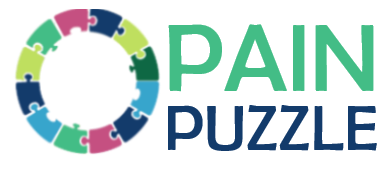Spiritual well-being is well recognised as being necessary for general well-being. Spiritual well-being is having a meaning and purpose in life.
Meaning
Meaning is a feeling that life is of significance, worthwhile or has a target. When your life has meaning you have a reason for getting out of bed in the morning. You are less likely to experience sleep problems or have a heart attack or die prematurely. You will generally have better mental health and satisfaction with life.
Purpose
A sense of purpose is needed for mental well-being. Purpose is an aim to be met or achieved. This may be goals to achieve, finding solutions in difficult life situations, having someone to love, experiencing nature and culture, enduring suffering.
Meaningful suffering is turning personal tragedy into human growth and transforming despair into well-being by means of one’s chosen attitude.
Having a meaning and purpose in life helps you to keep things in perspective when you are stressed. It can drive you to pursuing a healthier lifestyle so you can achieve your purposes. It reduces your risk of Alzheimer’s disease and cognitive impairment in later life.
Your life is worthwhile – reminding yourself why that’s true may be good for your health.
Faith
The meaning of life is something that generations have puzzled over. Every life has meaning and purpose. Many people find their meaning and purpose in life that gives them spiritual well-being through faith.
The Christian faith based on the Bible describes the meaning and purpose of life as follows:
“Our purpose in life, as God originally created man, is 1) glorify God and enjoy fellowship with Him, 2) have good relationships with others, 3) work, and 4) have dominion over the earth. But with man’s fall into sin, fellowship with God is broken, relationships with others are strained, work seems to always be frustrating, and man struggles to maintain any semblance of dominion over nature. Only by restoring fellowship with God, through faith in Jesus Christ, can purpose in life be rediscovered.
The purpose of man is to glorify God and enjoy Him forever. We glorify God by fearing and obeying Him, keeping our eyes on our future home in heaven, and knowing Him intimately. We enjoy God by following His purpose for our lives, which enables us to experience true and lasting joy—the abundant life that He desires for us.” www.gotquestions.org
Deborah is a committed Christian and happy to discuss the Christian faith if you have questions. She will not discuss the Christian meaning and purpose of life with you unless you initiate the conversation.
On the resources page you will find some links to resources if you are seeking meaning and purpose in your life and want to explore what the Bible teaches.
